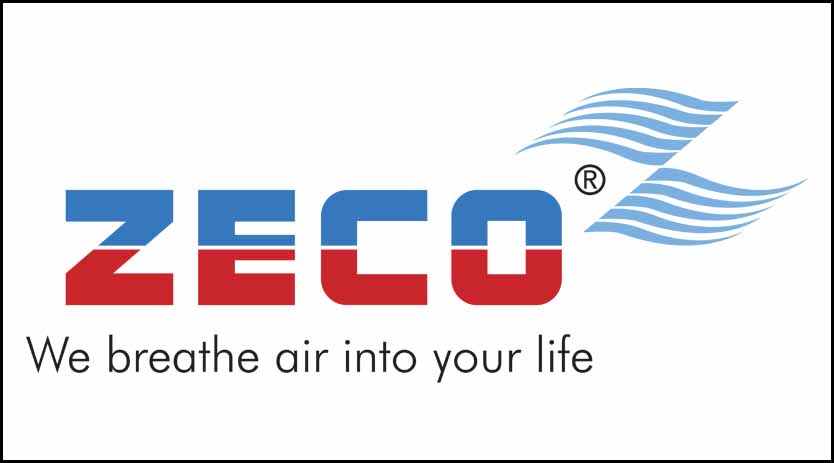Sensors-based IoT devices are actively used in building management systems to predict and track cooling demand and respond as per the requirement.
The Indian HVAC market had a size of USD 7,820.5 million in 2021 and is expected to grow at a CAGR of 15.8 percent between 2021 and 2030. If we go by the figure, there is a substantial market for the HVAC industry which needs to be tapped. Furthermore, with the move towards building smart cities and world class urban infrastructure, the industry is poised to capitalise on the immense opportunities a growing economy offers. With India considered a beacon of hope in a subdued global economic environment, the outlook for the HVAC industry seems very promising to me.
India Cooling Action plan and sustainable cooling
It is a step in the right direction keeping in mind the impact that traditional methods of cooling have had on the environment. The Indian Cooling Action Plan and sustainable cooling lay out a comprehensive vision for cooling across sectors covering the reduction of cooling demand, refrigerant transition, improving energy efficiency, and better technology alternatives by developing synergies with the ongoing programs and schemes of the Government. HVAC systems and product certification programs such as Eurovent facilitate the designing and manufacturing of equipment to enhance overall energy efficiencies.
Across the world, HVAC engineers are striving for sustainable cooling by leveraging path-breaking technologies. We should look forward to keeping buildings cool using effective insulation and building orientation towards the solar heat. Besides, we can also brainstorm over how to use vertical gardens at different places for controlling heat ingress.
BMS and AI are instrumental in the reduction of cooling demand
Nowadays, BMS is integral to the goal of developing intelligent buildings. Some of the primary sensors and components of a building management system are airflow sensors, motion detectors, light sensors, smoke sensors, temperature sensors, humidity sensors, centralised computer control systems, programmable logic controllers, etc. Such sensors-based IoT devices are actively used in building management systems to predict and track cooling demand and respond as per the requirement. AI and Machine learning are crucial to train IoT devices with a lot of data and making them efficient for the actual operating environment.
The AI gathers data from the BMS system, making the subsystem work more efficiently. Therefore, the AI-based BMS system can control the Electrical system, Mechanical system, and HVAC system in a fundamentally improved way.
New developments for integration of new controls
We launched our SMART unit almost five years back and provided the options for integrating the Air Handling Unit (AHU) with BMS. We can design and deliver the complete solution per the customer’s requirement. We have also developed new products which will be unveiled during the show; let us keep them under wraps right now.
Make-in India a game changer for the HVAC industry
Make-in India has been a game changer for the country’s economy, as it will reduce our reliance on imports and make us Atmanirbhar in the HVAC industry. I foresee a very positive outcome for HVAC equipment manufacturing. The make-in-India policy is the only reason a Japan Giant is manufacturing its complete range in India and exporting to the world. Major HVAC players are manufacturing or looking to manufacture in India. India is a very mature HVAC market; therefore, any player who wishes to do business has to set up a plant here.

Emerging HVAC technologies for integration
There has been a renewed focus by companies on delivering virus-free clean air. So, it would not be a great surprise to see products and solutions around it. Sustainable cooling solutions can also be the show’s cynosure, including solar energy and geothermal energy-based air conditioning machines.
The event will also discuss emerging technologies such as AI/ML, IoT and their integration with the HVAC Industry. IoT with AI-based ML can be part of integrated BMS, where the machines are talking with each other and intelligently working to reduce energy consumption.
Sensors for monitoring
The HVAC sector has been digitalised for a long time. However, the pace of acceleration has witnessed rapid growth in the last few decades. Now AQI is becoming the industry jargon for checking the pollution level in any space. Every city in the world monitors the AQI level 24/7 to keep the tap and take the necessary action. Air quality is essential as all living beings depend on it. CO2 sensors are used to monitor and control the Fresh Air motorised dampers through the centralised controller. PM sensors are used to monitor indoor air quality and indicate filter cleaning. AQI monitor coupled with the FAHU will always keep the tap on different parameters.
Cookie Consent
We use cookies to personalize your experience. By continuing to visit this website you agree to our Terms & Conditions, Privacy Policy and Cookie Policy.















